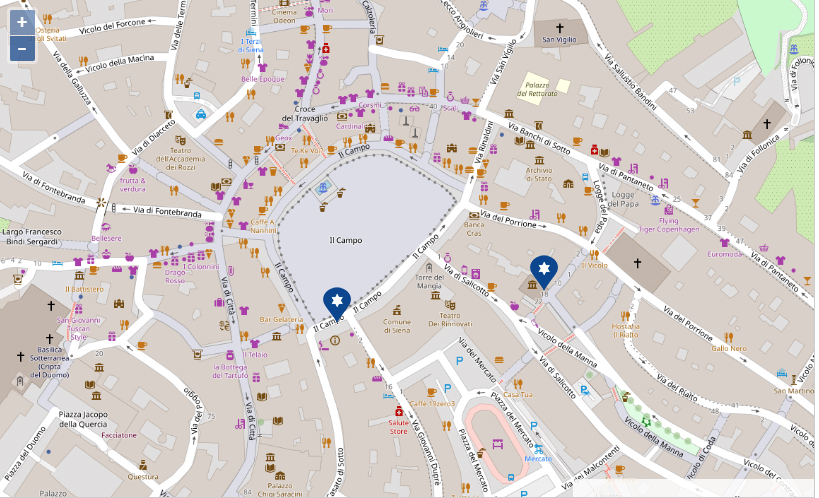Italy: Siena Part 5 - The Jewish Museum
Jan 27, 2024 16:27:34 #
We explored the small but beautiful museum located within the synagogue of Siena and were fascinated by the artifacts and photographs there. A little more about the synagogue and the Jewish community of Siena written by Samuel Gruber, brother of noted Jewish author Ruth Gruber: https://samgrubersjewishartmonuments.blogspot.com/2020/01/sienas-synagogue-in-beautiful-neo.html
Italy: In Siena's Beautiful Neo-Classical Synagogue, Where Were the Women?
by Samuel D. Gruber
A few summers ago I had the pleasure to visit and tour the beautiful synagogue of the Tuscan city of Siena, Italy, about which I have never posted. Anna di Castro, a local Jewish community member, activist, and organizer gave a bottom to top tour of the building to my sister Ruth Ellen Gruber and myself. The excellently restored appearance of the synagogue today is quite different than when I was first there in 1990.
The synagogue is among the most beautiful from Italy's Ghetto era. Jews are recorded in Siena in the 13th century, and they were restricted to a ghetto in 1571. An older synagogue was replaced in 1786 with this sanctuary. Though it is only about 100 feet or so off the Campo, the main space of the medieval town and one of the most visited piazze in all of Italy, this synagogue is unobtrusive. Most visitors miss it entirely. When I visited Siena many times in the 1970s and 1980s I did not even know it was there.
As in most town of Central and Northern Italy, some Jews were present in Siena from the period of the city's greatest expansion and artistic and architectural achievement before the Black Death in the 14th century,. Ghettos were established throughout Italy beginning in the 16th century, and the Jews of Siena were confined in 1571. Paradoxically, today wealth of Italian synagogue architecture and art lies in the many synagogues built in this period.
In 1990, the Siena synagogue - and the city's Jewish history - was hardly marked or spoken of. I got a tour then of the three-story building from Giuseppe Lattes, the former head of the Siena’s Jewish Community. The synagogue was in sore need of repair. I had just begun to work for the World Monuments Fund in New York and Mr. Lattes made a good case for funds needed to restore the venerable building. Alas, the timing of the visit coincided with the opening of Eastern Europe, and WMF's then-new Jewish Heritage Program priorities shifted from Italy, where the organization had restored the Scola Canton Synagogue Venice, to Poland and elsewhere.
In 1990, the synagogue interior was still a beautiful space, but it looked tired and neglected. The ceiling especially needed urgent attention; infiltrating water was damaging the vaults. WMF couldn't help back then, but we promoted the project at our Future of Jewish Monuments conference and exhibit the same year. Fortunately, despite the almost complete disappearance of an active Jewish community in Siena the building was fully restored in 2011, and now it shines. The Siena community is now joined to the much larger Florence community. The synagogue is occasionally used for services, and it is regularly accessible to visitors as an historical site and museum of Siena’s Jewish history.
You can look at slideshow about the restoration here: https://pt.slideshare.net/SaraVivarelli1/presentazione20restauro20siena202011
Entering the synagogue, one passes some inscribed plaques to the left of the doorway. One commemorates fourteen Sienese Jews deported during the Second World War.
Translation: The camps of ruthless annihilation were true / Incredible tools of inhuman power /With six million Jews the deportees from Siena will disappear / Children of a doctrine of justice and love/ With charity and blessing their names are remembered
Beneath this is a plaque installed on the 200th anniversary of the mob murder by public burning of 13 Jews in 1789.
Translation: Victims of the anti-Jacobin reaction / And anti-Jewish hatred / Thirteen Jewish citizens / Were burned on the Campo on June 28, 1789 / By the fanatics of "Viva Maria" / Who had devastated the ancient ghetto.
On a wall in the ground hall another ornate plaque remembers two local Jews who died fighting for Italy in the First World War. Upstairs, in the hall leading to the prayer room there are two plaques dedicated to the restoration of the synagogue in 1902 and the visit by the Grand Duke of Tuscany Leopold 11 in 1829.
Following Italian custom, especially for urban synagogues, the sanctuary is on a second level – equivalent to the piano nobile of an Italian palace. This is for a variety of reasons including structure, lighting, security, and perhaps the Talmudic recommendation that the sanctuary should be a high point. It was designed by Florentine architect Giuseppe del Rosso in a grand Neo-classical style. The decoration and woodwork are the creations of carpenters Nicolo Jande and Pietro Rossi.
The rectangular room has a barrel-vaulted ceiling. There are benches along the walls, broken up by Ionic pilasters, interwoven with garlands. The ceiling is decorated with stuccoes including the Ten Commandments. In the arches of the vault some windows are adorned with friezes and festoons. On the walls are fourteen verses from Psalms and other Biblical texts, in Baroque stucco frames.
The Aron ha-Kodesh (ark) is set against the wall opposite the entrance. The ark is raised by six steps and separated from the rest of the room by a marble balustrade with small columns and a central wrought iron gate. In front of it are six candelabra and some lamps. The roundish walnut bimah (1756) is at the center of the room.
The sanctuary is on the second story of the building and the women were on the third. The two tiers of balconies on the building's third and fourth stories have views into the room through elaborate baroque grilles. The decorative wooden grilles kept the women in their own space, and they could only see and hear part of what was going on down below. A fourth story had additional space, also separated by grilles. The highest space was probably used as classrooms and for other community purposes. Stairs led to the upper levels.
See the Jewish Siena web site for info about visiting the synagogue and Jewish museum, etc https://www.jewishsiena.it/
For additional images of Siena taken from our hotel room balcony including night shots, please see my previous posts:
https://www.uglyhedgehog.com/t-797560-1.html#14405196
https://www.uglyhedgehog.com/t-797832-1.html#14410902
https://www.uglyhedgehog.com/t-798008-1.html#14414852
https://www.uglyhedgehog.com/t-798083-1.html#14416981
I hope you enjoy these!
Mark
Italy: In Siena's Beautiful Neo-Classical Synagogue, Where Were the Women?
by Samuel D. Gruber
A few summers ago I had the pleasure to visit and tour the beautiful synagogue of the Tuscan city of Siena, Italy, about which I have never posted. Anna di Castro, a local Jewish community member, activist, and organizer gave a bottom to top tour of the building to my sister Ruth Ellen Gruber and myself. The excellently restored appearance of the synagogue today is quite different than when I was first there in 1990.
The synagogue is among the most beautiful from Italy's Ghetto era. Jews are recorded in Siena in the 13th century, and they were restricted to a ghetto in 1571. An older synagogue was replaced in 1786 with this sanctuary. Though it is only about 100 feet or so off the Campo, the main space of the medieval town and one of the most visited piazze in all of Italy, this synagogue is unobtrusive. Most visitors miss it entirely. When I visited Siena many times in the 1970s and 1980s I did not even know it was there.
As in most town of Central and Northern Italy, some Jews were present in Siena from the period of the city's greatest expansion and artistic and architectural achievement before the Black Death in the 14th century,. Ghettos were established throughout Italy beginning in the 16th century, and the Jews of Siena were confined in 1571. Paradoxically, today wealth of Italian synagogue architecture and art lies in the many synagogues built in this period.
In 1990, the Siena synagogue - and the city's Jewish history - was hardly marked or spoken of. I got a tour then of the three-story building from Giuseppe Lattes, the former head of the Siena’s Jewish Community. The synagogue was in sore need of repair. I had just begun to work for the World Monuments Fund in New York and Mr. Lattes made a good case for funds needed to restore the venerable building. Alas, the timing of the visit coincided with the opening of Eastern Europe, and WMF's then-new Jewish Heritage Program priorities shifted from Italy, where the organization had restored the Scola Canton Synagogue Venice, to Poland and elsewhere.
In 1990, the synagogue interior was still a beautiful space, but it looked tired and neglected. The ceiling especially needed urgent attention; infiltrating water was damaging the vaults. WMF couldn't help back then, but we promoted the project at our Future of Jewish Monuments conference and exhibit the same year. Fortunately, despite the almost complete disappearance of an active Jewish community in Siena the building was fully restored in 2011, and now it shines. The Siena community is now joined to the much larger Florence community. The synagogue is occasionally used for services, and it is regularly accessible to visitors as an historical site and museum of Siena’s Jewish history.
You can look at slideshow about the restoration here: https://pt.slideshare.net/SaraVivarelli1/presentazione20restauro20siena202011
Entering the synagogue, one passes some inscribed plaques to the left of the doorway. One commemorates fourteen Sienese Jews deported during the Second World War.
Translation: The camps of ruthless annihilation were true / Incredible tools of inhuman power /With six million Jews the deportees from Siena will disappear / Children of a doctrine of justice and love/ With charity and blessing their names are remembered
Beneath this is a plaque installed on the 200th anniversary of the mob murder by public burning of 13 Jews in 1789.
Translation: Victims of the anti-Jacobin reaction / And anti-Jewish hatred / Thirteen Jewish citizens / Were burned on the Campo on June 28, 1789 / By the fanatics of "Viva Maria" / Who had devastated the ancient ghetto.
On a wall in the ground hall another ornate plaque remembers two local Jews who died fighting for Italy in the First World War. Upstairs, in the hall leading to the prayer room there are two plaques dedicated to the restoration of the synagogue in 1902 and the visit by the Grand Duke of Tuscany Leopold 11 in 1829.
Following Italian custom, especially for urban synagogues, the sanctuary is on a second level – equivalent to the piano nobile of an Italian palace. This is for a variety of reasons including structure, lighting, security, and perhaps the Talmudic recommendation that the sanctuary should be a high point. It was designed by Florentine architect Giuseppe del Rosso in a grand Neo-classical style. The decoration and woodwork are the creations of carpenters Nicolo Jande and Pietro Rossi.
The rectangular room has a barrel-vaulted ceiling. There are benches along the walls, broken up by Ionic pilasters, interwoven with garlands. The ceiling is decorated with stuccoes including the Ten Commandments. In the arches of the vault some windows are adorned with friezes and festoons. On the walls are fourteen verses from Psalms and other Biblical texts, in Baroque stucco frames.
The Aron ha-Kodesh (ark) is set against the wall opposite the entrance. The ark is raised by six steps and separated from the rest of the room by a marble balustrade with small columns and a central wrought iron gate. In front of it are six candelabra and some lamps. The roundish walnut bimah (1756) is at the center of the room.
The sanctuary is on the second story of the building and the women were on the third. The two tiers of balconies on the building's third and fourth stories have views into the room through elaborate baroque grilles. The decorative wooden grilles kept the women in their own space, and they could only see and hear part of what was going on down below. A fourth story had additional space, also separated by grilles. The highest space was probably used as classrooms and for other community purposes. Stairs led to the upper levels.
See the Jewish Siena web site for info about visiting the synagogue and Jewish museum, etc https://www.jewishsiena.it/
For additional images of Siena taken from our hotel room balcony including night shots, please see my previous posts:
https://www.uglyhedgehog.com/t-797560-1.html#14405196
https://www.uglyhedgehog.com/t-797832-1.html#14410902
https://www.uglyhedgehog.com/t-798008-1.html#14414852
https://www.uglyhedgehog.com/t-798083-1.html#14416981
I hope you enjoy these!
Mark
Gail reading the memorial plaques
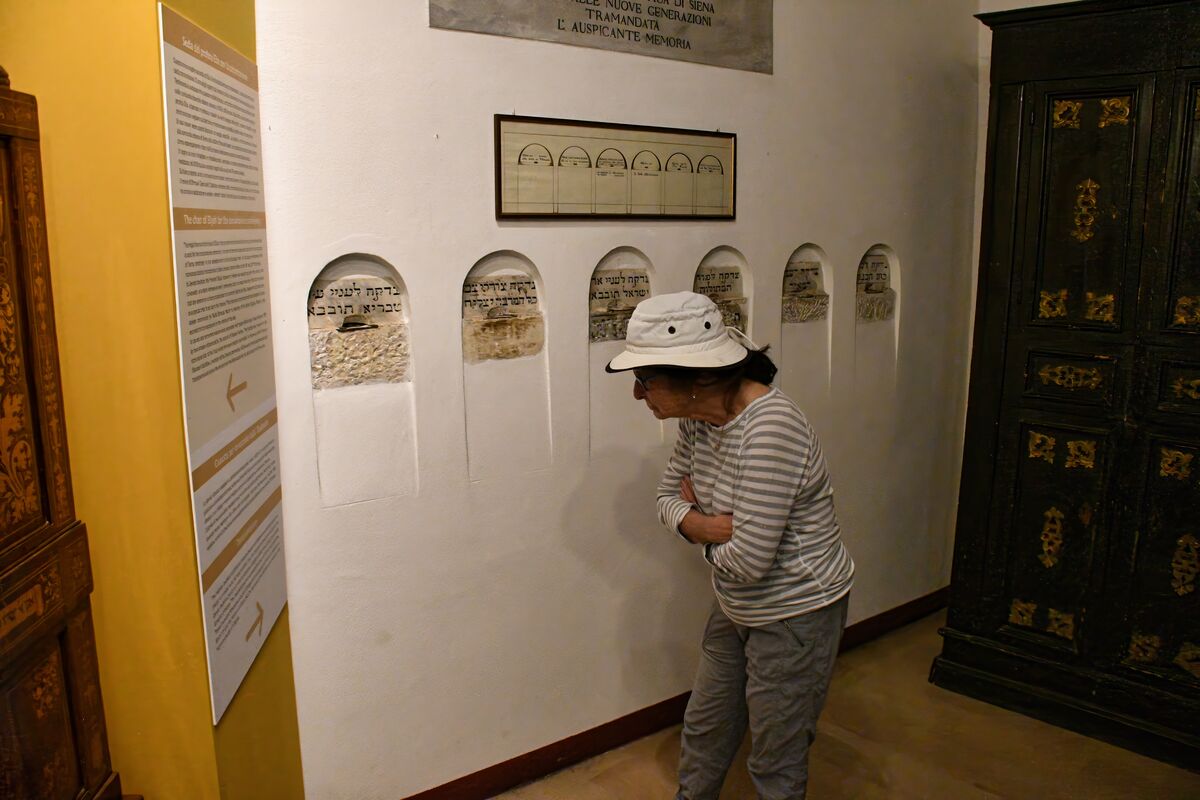
(Download)
Liturgical paraments which adorn the Torah Scrolls - An example of Siena's rich textile history
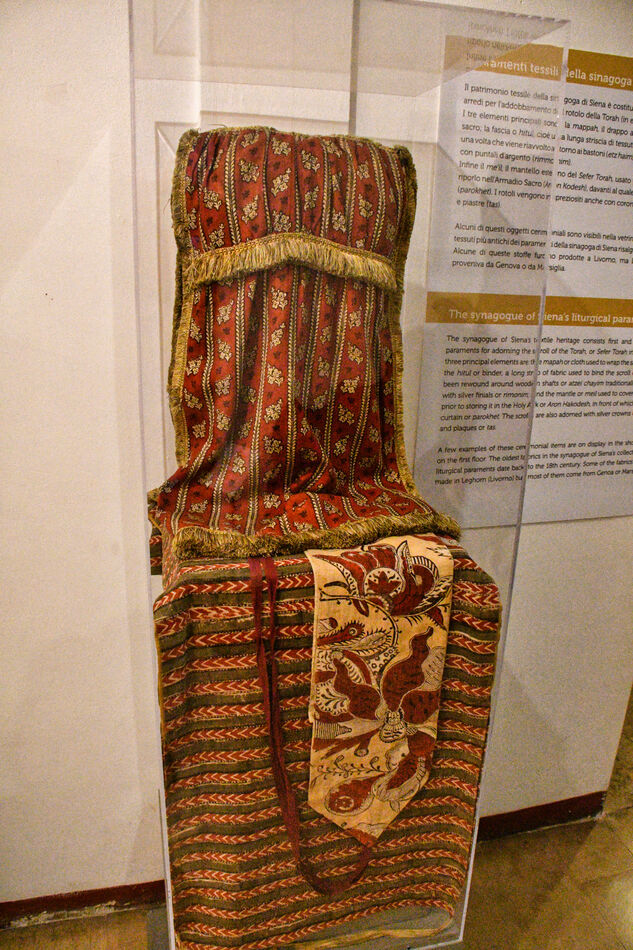
(Download)

(Download)
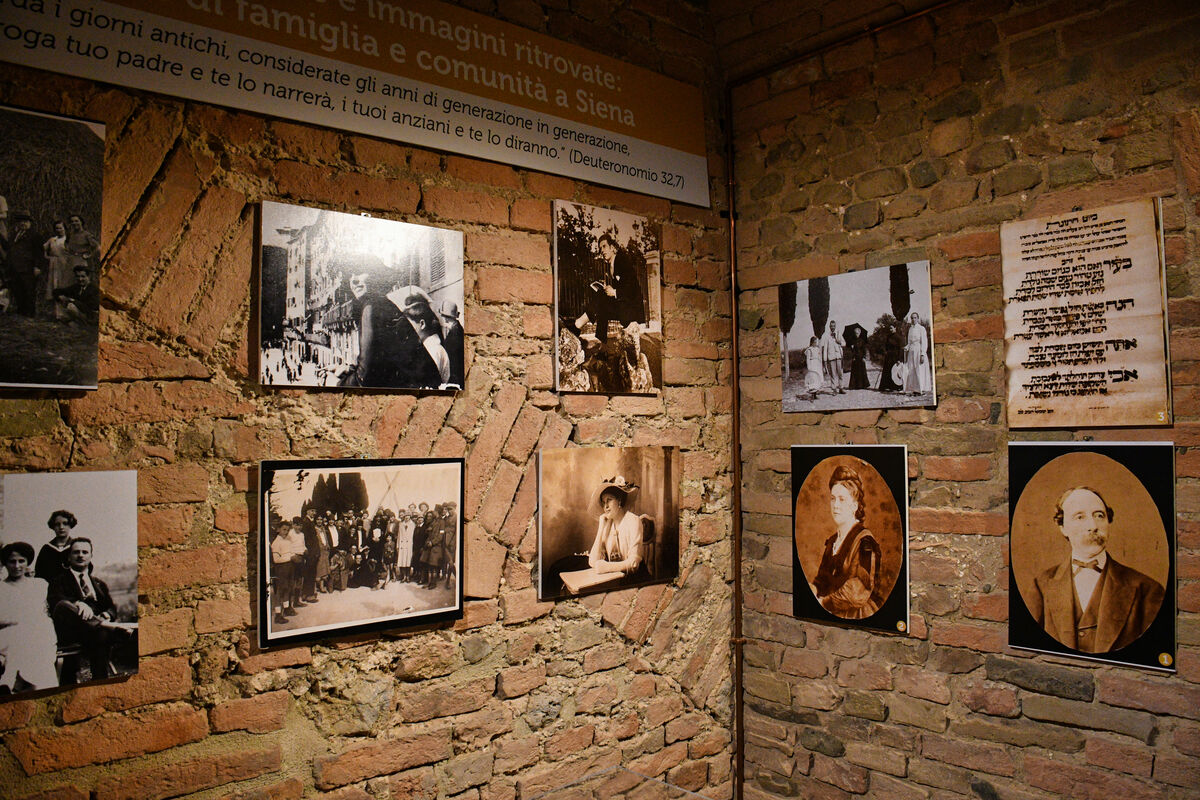
(Download)
Renato Cabbibe, a Sienese Jewish Officer who fell during WWI with fellow officers from the Accademia Militaire
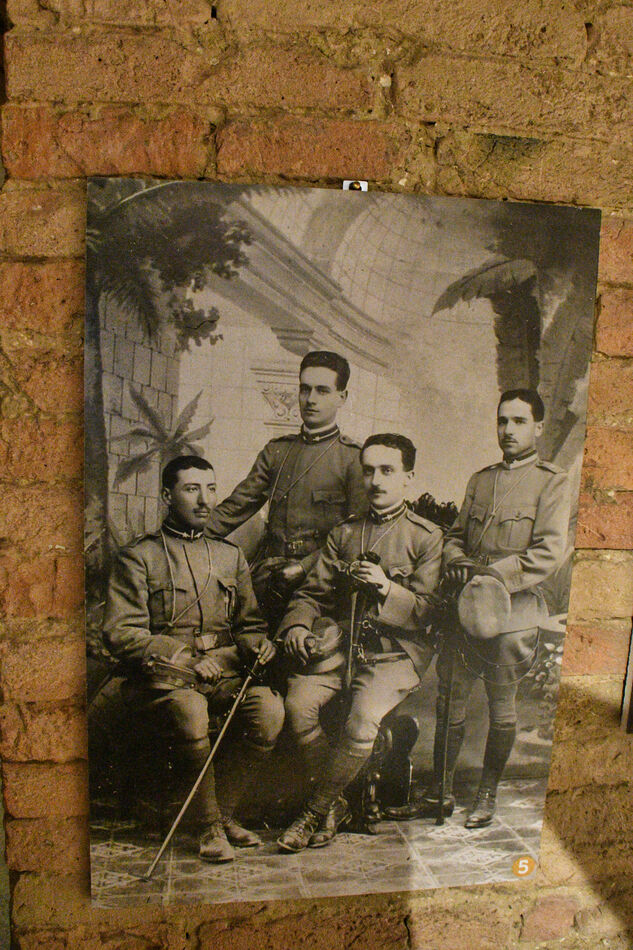
(Download)
The Chair of Elijah used in ritual circumcision ceremonies is an example of liturgical furniture embellished with inscriptions from Italy's 18th century Jewish Communities
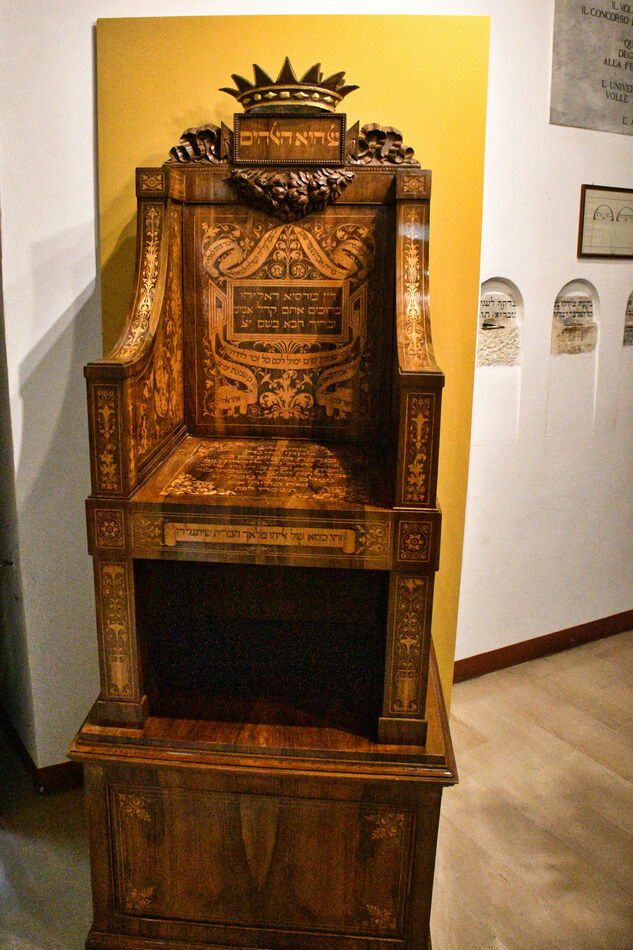
(Download)
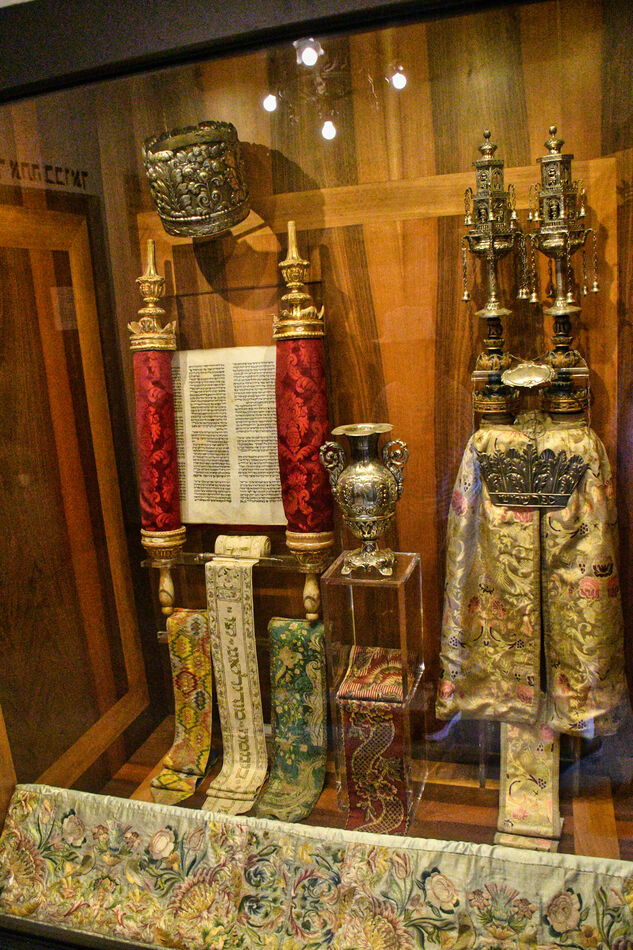
(Download)

(Download)
A yad (Hebrew: יד; Yiddish: האַנט, romanized: hant, lit. 'hand') is a Jewish ritual pointer, or stylus, popularly known as a Torah pointer, used by the reader to follow the text during the Torah reading from the parchment Torah scrolls.
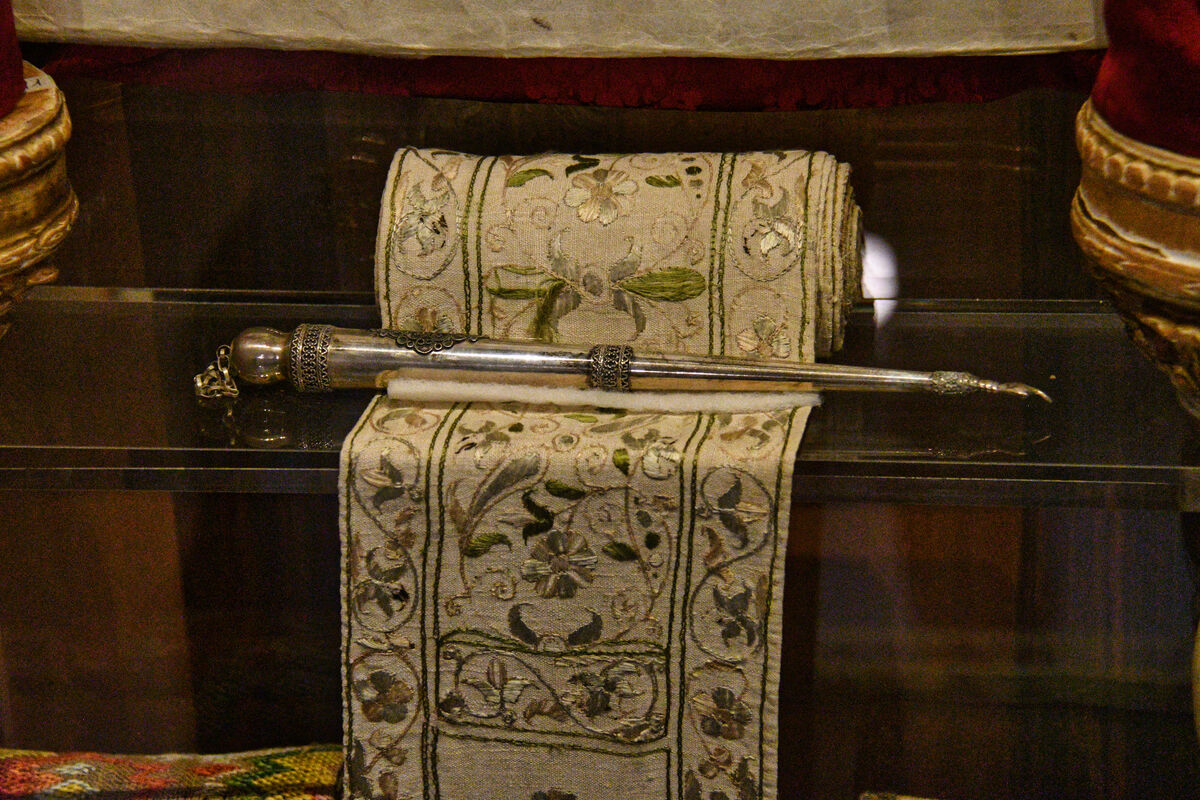
(Download)
Stairway up to the women's section
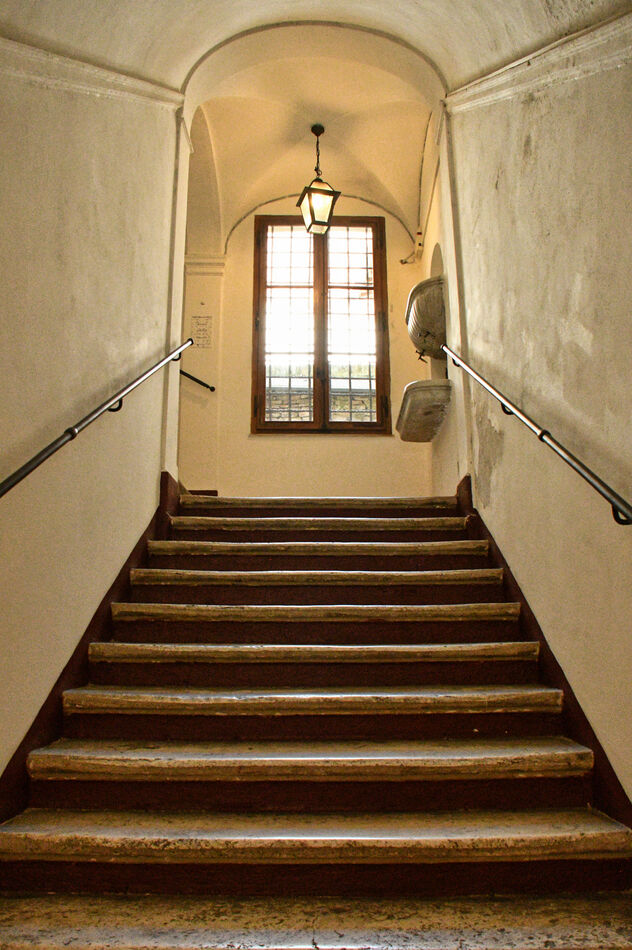
(Download)
Jan 27, 2024 16:29:02 #
Jan 27, 2024 16:29:19 #
Jan 27, 2024 16:38:38 #
Jan 27, 2024 17:46:07 #
Jan 27, 2024 18:44:19 #
Jan 27, 2024 18:46:41 #
srfmhg wrote:
We explored the small but beautiful museum located... (show quote)
I especially love 7-8-9, which IMHO, are superb still lifes 🥇🥇🥇🥇🥇
Jan 27, 2024 18:55:41 #
joecichjr wrote:
I especially love 7-8-9, which IMHO, are superb still lifes 🥇🥇🥇🥇🥇
Thanks very much Joe. I like those as well.
Jan 27, 2024 19:17:17 #
srfmhg wrote:
We explored the small but beautiful museum located... (show quote)
Good set Mark, well photographed with an interesting narrative.
Jan 27, 2024 19:22:38 #
DJphoto wrote:
Good set Mark, well photographed with an interesting narrative.
Thank you so much Dennis.
Jan 28, 2024 07:49:26 #
Jan 28, 2024 07:57:18 #
srfmhg wrote:
We explored the small but beautiful museum located... (show quote)
Fantastic set!! Mark
A kind of funny, but nice thing happened my first week in Jr. High , I received an invitation to join a Synagogue
Bani Brith (pardon the spelling) it was approx. yrs ago. I wasn't Jewish.
I guessed it was the spelling of my last name , It was misspelled, they put the E after L when my Dad enlisted in the army 1927, he felt he was safer in the army than in Chicago at that time.😉
He tried to no avail each year for nine years to get it changed and finally said to hell with it.
Jan 28, 2024 09:09:29 #
Jan 28, 2024 10:44:40 #
Interesting history and excellent documentation, Mark...who woulda thought you could find this in Italy!! 



Jan 28, 2024 14:44:53 #
If you want to reply, then register here. Registration is free and your account is created instantly, so you can post right away.


